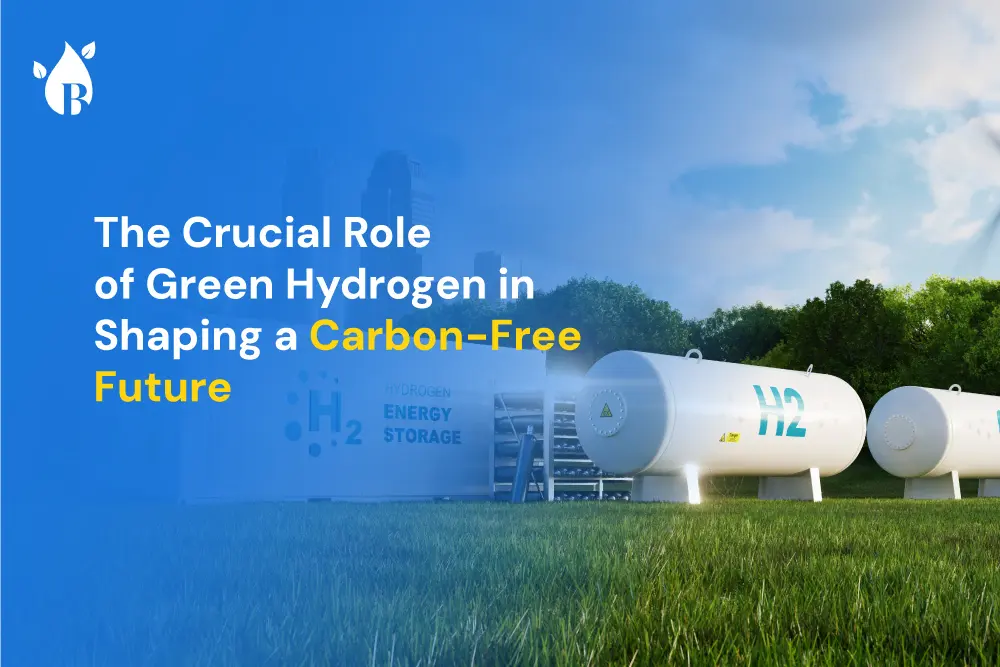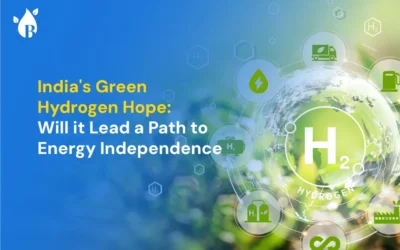
To decarbonize, countries around the world have set a time limit of 2050. And green hydrogen has emerged as a promising , efficient, and clean fuel source to combat global warming and climate change. Below, let’s understand how green hydrogen can act as a fuel source, why it is important, and its role in decarbonizing and fulfilling net-zero commitments.
The Nature of Hydrogen
Hydrogen as a Fuel
Real-World Applications of Green Hydrogen
Significance of Green Hydrogen in Energy Transition
Hydrogen is gaining attention as a vital fuel for the ongoing energy transition. Currently utilized widely in industry for oil refining and synthetic nitrogen fertilizer production, hydrogen has limited use in the energy sector as it is expensive compared to fossil fuels.



